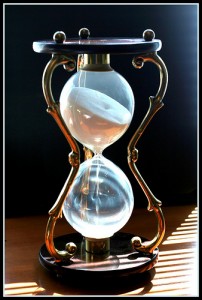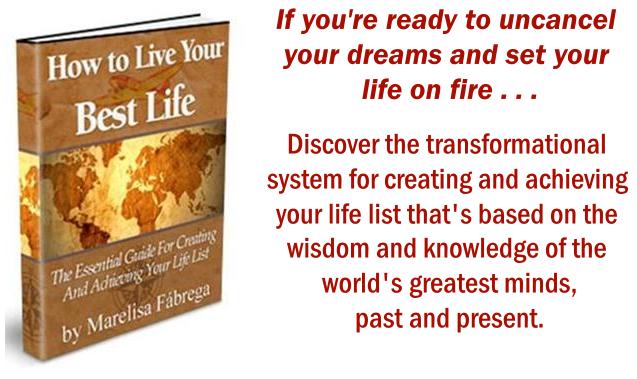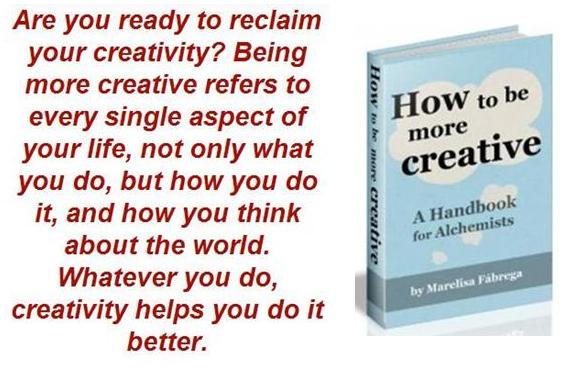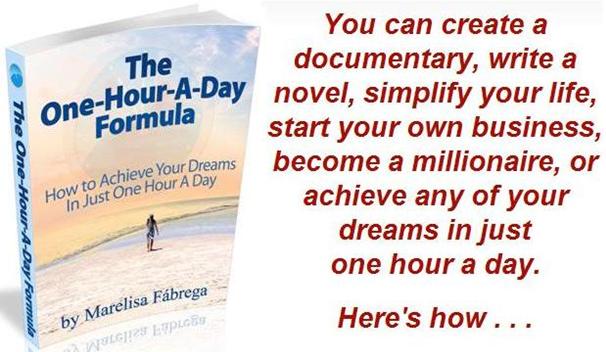 Although most of us are enslaved by the clock, the fact is that linear time broken up into hours, minutes, and seconds is a creation of man.
Although most of us are enslaved by the clock, the fact is that linear time broken up into hours, minutes, and seconds is a creation of man.
Hunters and farmers needed a calendar of the seasons. They needed to be able to predict the coming of rain or snow, and of heat and cold. In addition, they needed to know when it was time to plant, and how long they had to wait until the next harvest.
Later on, in order to make it more convenient for people to meet and transact business, the calendar was further divided into days–based on the earth’s rotation–, and the days were divided into hours.
Today, the clock–a tool that was created to make life more convenient for humanity–has become a dreaded instrument that records time inexorably slipping by. However, there are ways to regain control of time and to remind ourselves that time is not rigid and unyielding; instead, time is elastic. Below you’ll find four ways to stretch your time.
Use Your Time to Work Toward Achieving Your Best Life
There’s an enormous difference between spending your time on 20 tasks that keep you busy, but are taking you nowhere, than it is to spend your time on 20 tasks that are moving you closer to achieving your life’s goals.
When planning your day you need to start with the big picture in mind. Follow these steps:
- Start by looking to the future and describing what your best life looks like.
- Then, set milestones toward creating that ideal life.
- As a third step, further break down these milestones into the smallest chunks you can think of.
- You then return to the present and plan each day based on the small steps you have identified which will steadily move you toward achieving your goals.
By planning each day based on the small things that you can do on that day to steadily move you toward achieving your short, mid, and long-term goals, and toward creating the ideal life you have envisioned, you’ll be making optimal use of your time.
Continually look to the future and see what the destination you’re aiming for looks like, and then return to the present and take the necessary steps to make it happen.
Apply the Law of Straight Lines
The Law of Straight Lines from Mark Joyner’s “Simpleology” points out that the shortest path between two points is a straight line–a basic principle of geometry. This law dictates that you should take the easiest, shortest, most direct route toward achieving your goals.
That is, as you go though your day you should make sure that the actions that you’re taking are necessary—and not “filler activities”. Also, your emphasis should be on taking effective action, defined as “action which moves you in the direction of getting what you want”.
The problem is, we’re bombarded by so many different distractions throughout our day that many times the straight line—the shortest route to achieve your goals–seizes to be obvious. People have a tendency to add unnecessary, ineffective steps to the route, such as:
- Spending time on low priority activities that could have been eliminated from your schedule all together.
- Wasting time chatting online with friends, twittering away, aimlessly surfing the net, and so on.
- Creating problems that don’t exist.
- Jumping around from activity to activity, starting several things but not getting any of them done.
Teresa Romain, Founder and President of “Access Abundance”, teaches a similar concept which she calls “a 2-degree shift”. To understand the concept of a 2-degree shift, do the following:
- Take a pencil and a piece of paper and draw a circle.
- Draw an “x” at the 12 o’clock mark and label it “true North”.
- At the 1:00 o’clock mark, draw another “x” and label it “magnetic North”.
Now suppose you’re at “magnetic North” and you want to be at “true North”. You could take the route which takes you 358 degrees clock-wise around the whole circle. This route is slow, discouraging, and tedious. In addition it’s so long, that you might never reach your intended destination.
Instead, you could simply do the 2-degree shift to the left and you would reach your goal, getting to “true North”, by a much shorter and quicker route. New habits, new thoughts, new beliefs, and new actions will allow you to find 2-degree shifts. Also, ask yourself the following questions:
- What is the shortest route to achieving my objective?
- Am I taking any unnecessary detours?
- Is this action moving me in the direction of what I want?
Set Boundaries
People who don’t know how to set boundaries often discover that they don’t have time to do what’s important to them. In addition, they often feel overwhelmed, stressed, tired, and resentful. Inability to set proper boundaries can include all of the following:
- Failing to set a clear delineation between work and home life, which can result in being constantly “on the clock”.
- Having poor internal boundaries and thus letting what other people think of you and your abilities affect you negatively.
- Over-committing to others and under-committing to yourself.
- Being unable to say “no”.
Boundaries spring up from your lifestyle, your self-care, and your self-awareness. In addition, Karla McLaren, creator of “Energetic Boundaries”, suggests that in order to create strong boundaries when it comes to others you constantly repeat the following mantra: “I’m focused, I have things to do, and I’m on my way.”
Allow Yourself to Be Pulled Forward by Coincidences
A coincidence is the noteworthy alignment of two or more events by mere chance, or without obvious causal connection. Swiss psychologist Carl Jung devoted a large part of his work to the study of “meaningful coincidences”, or synchronicity, and how seemingly chance occurrences can move our lives forward significantly.
For example, you’re looking for work; while waiting for the bus you strike up a conversation with the gentleman waiting next to you; he tells you of a job opening in his office which is exactly what you’ve been looking for; you apply for the job and are hired. While you could have spent months looking for a job, this chance occurrence cut your waiting time drastically.
So, how can you foster coincidences in your life? By creating inner order–or putting yourself in harmony–you create an environment within yourself that attracts coincidences and synchronicity. You can create inner harmony through meditation, yoga, tai chi, breathing exercises, or even by spending time in mindful contemplation in nature.
Conclusion
Although we’ve grown accustomed to thinking of time as something that simply ticks away as we stand helplessly by, time is in effect malleable. There are many ways to either speed it up or slow it down. The methods described above are four examples. Live your best life by taking advantage of the elasticity of time.
How do you make time more elastic? Please share in the comments section.


Related Posts:
1. Productivity Tip: Think Small
2. Time Management Secret: Do It Tomorrow
3. 18 Powerful Tips For Overcoming Procrastination
4. Stop Procrastinating Tip: Practice Discomfort
5. The One-Hour-A-Day Formula
Did you enjoy this article? Subscribe to “Daring to Live Fully” by RSS or by email, and get free updates.







 Marelisa Fabrega is a lawyer and entrepreneur. She holds a Bachelor of Science in Business Administration from Georgetown University in Washington, D.C., as well as a Juris Doctor from the Georgetown University Law Center. You can learn more about her
Marelisa Fabrega is a lawyer and entrepreneur. She holds a Bachelor of Science in Business Administration from Georgetown University in Washington, D.C., as well as a Juris Doctor from the Georgetown University Law Center. You can learn more about her 






Comments on this entry are closed.
There are sometimes when im really at 100% in action, but unable to think clearly. Rest must be scheduled in order to have more production in the worktime. And rest must be allowed by our own minds. Beeing with my familiy recharge my energies and frees my mind and my passion to do more in less time and in a more restful estate of mind, more slow but more productive.
Sounds extrange but it is true most of the time when I realize that i need to change focus with more rest, sleep, meditation or time for my family.
This Christmas eve we have a very good oportunity to use this time to have a deep time for ourselves and for our familys.
Regards,
Ruy
By reaching the flow state you can control your time, the one who’s only for you. So, do it with passion!
Cheers, Mihai!